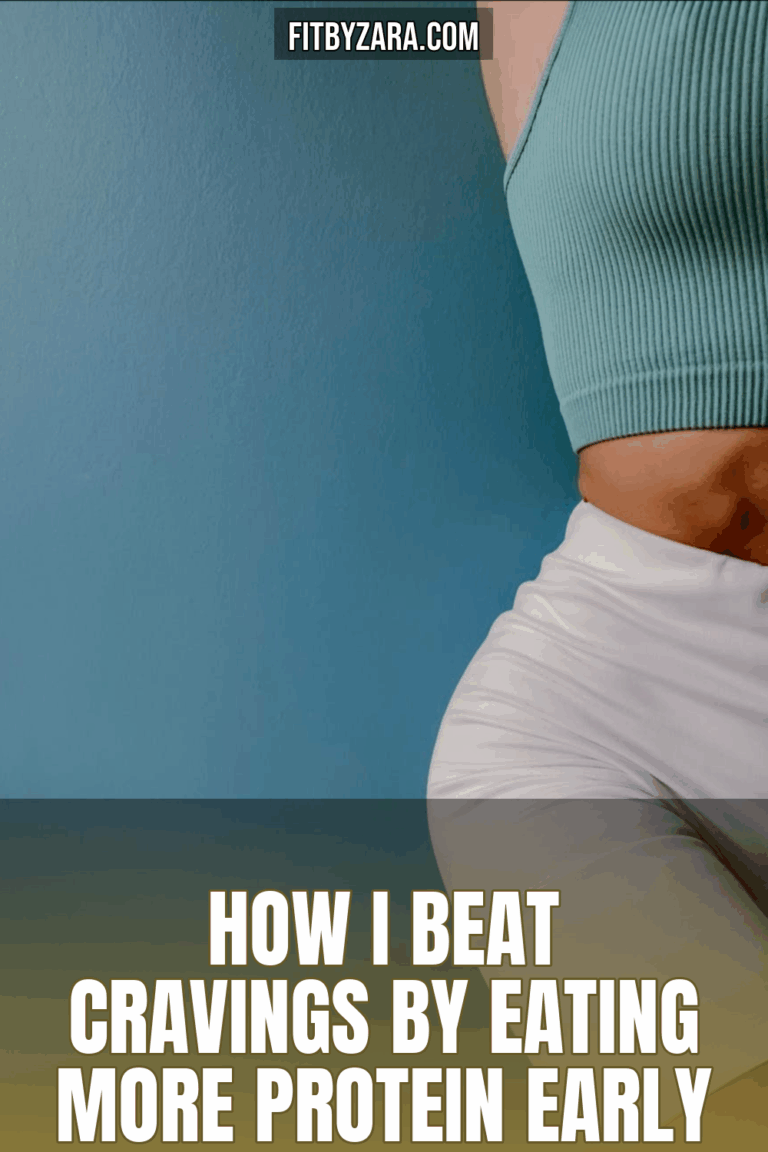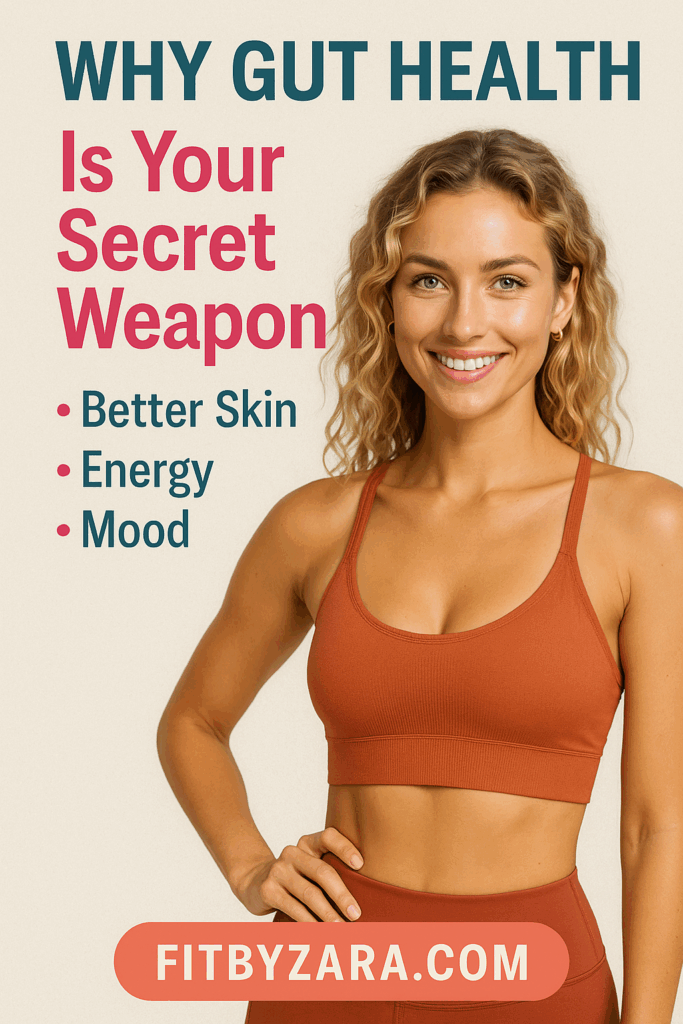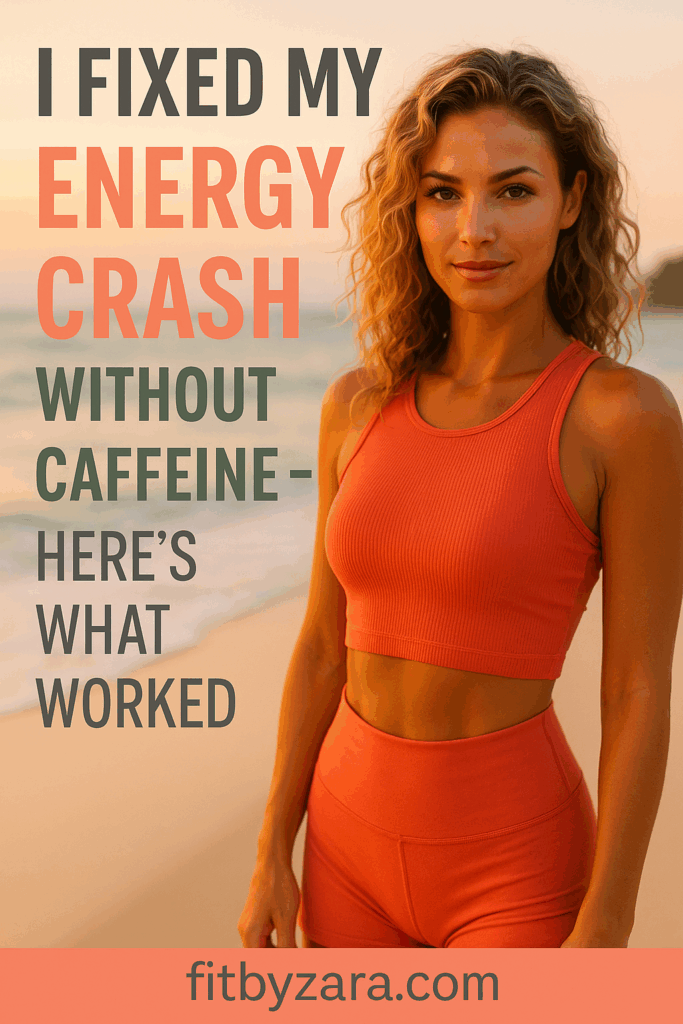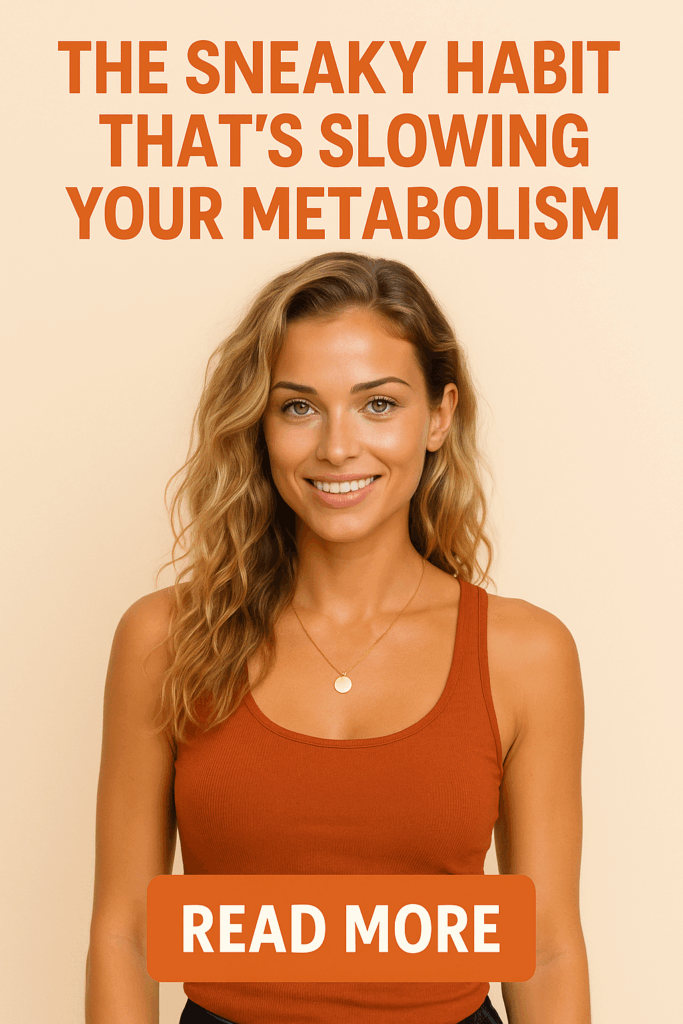Hey ladies! If you’re like me and in your 30s, you’ve probably noticed that your body isn’t the same as it was in your 20s. As we navigate this decade, cravings can sometimes feel like a beast we’re constantly battling. But here’s the game-changer: I’ve found that by focusing on protein early in the day, I can beat those pesky cravings and feel more energized.

Hi, I’m Zara — fitness junkie, wellness nerd, and the voice behind FitByZara.com. This site is all about smart fitness and science-backed wellness tips for real women who want to feel their best.
In this post, I’ll share my journey with protein, how it transformed my mornings (and my cravings), and a meal plan to help you do the same. Let’s dive in!
The Protein Revelation
3-Day Energy & Metabolism Reset
Grab the 3-Day Energy & Metabolism Reset — a quick-start guide to feel lighter, more energized, and back in control.

Where should I send your free reset guide?
Why Protein?
Let’s get real. Protein is one of the key macronutrients that helps us feel full and satisfied. It takes longer to digest than carbs, which means you’re less likely to experience those mid-morning munchies when you start your day with a protein-packed breakfast.
How Protein Affects Cravings
When you prioritize protein early on, you stabilize your blood sugar levels, which helps keep cravings at bay. You’ll find that you’re less likely to reach for that sugary snack by 10 a.m.
“Start your day strong with protein, and you’ll find cravings can’t touch you!”
A Protein-Packed Meal Plan
Ready to beat those cravings? Here’s my go-to meal plan for a week, packed with protein-rich breakfasts, snacks, and lunches to keep you satisfied.
Day 1: Energizing Eggs
- Breakfast: Scrambled eggs (2 eggs) with spinach and feta cheese
- Snack: Greek yogurt (unsweetened) topped with berries
- Lunch: Quinoa salad with chickpeas, cherry tomatoes, and a lemon-tahini dressing
Day 2: Smoothie Delight
- Breakfast: Protein smoothie with spinach, banana, almond milk, and a scoop of protein powder
- Snack: Handful of almonds
- Lunch: Chicken breast (grilled) with roasted sweet potatoes and broccoli
Day 3: Overnight Oats
- Breakfast: Overnight oats with rolled oats, chia seeds, almond milk, and a scoop of protein powder
- Snack: Cottage cheese with sliced peaches
- Lunch: Turkey and avocado wrap in a whole grain tortilla
Day 4: Savory Start
- Breakfast: Omelet with bell peppers, onions, and a sprinkle of cheese
- Snack: Hard-boiled eggs (2)
- Lunch: Lentil soup with a side salad drizzled with olive oil
Day 5: Breakfast Bowl
- Breakfast: Greek yogurt bowl with granola and sliced bananas
- Snack: Sliced apple with almond butter
- Lunch: Tuna salad on a bed of mixed greens
Day 6: A Twist on Pancakes
- Breakfast: Protein pancakes (made with protein powder, oats, and egg) topped with berries
- Snack: Hummus with carrot sticks
- Lunch: Shrimp stir-fry with mixed vegetables and brown rice
Day 7: Wrap It Up
- Breakfast: Breakfast burrito with scrambled eggs, black beans, and salsa in a whole wheat tortilla
- Snack: Protein bar (check for low sugar)
- Lunch: Grilled vegetable and quino salad
Quick Protein Sources
Staying on track with your protein goals is key. Here’s a quick list of my favorite protein sources:
- Eggs: A versatile breakfast staple
- Greek Yogurt: Perfect for snacks or smoothies
- Cottage Cheese: Great with fruits or on its own
- Chicken Breast: Lean and easy to cook in bulk
- Legumes: Lentils, chickpeas, and black beans are protein-packed and filling
- Protein Powder: Easy to add to smoothies or oatmeal
- Nuts and Seeds: Perfect for quick snacks
Mini Checklist for Success
As you embark on this protein-filled journey, here’s a mini checklist to keep you on track:
- [ ] Plan Your Meals: Don’t leave it to chance. Write out your meals for the week.
- [ ] Prep Ahead: Cook proteins in advance (think grilled chicken or boiled eggs).
- [ ] Stock Your Pantry: Keep your favorite protein sources on hand.
- [ ] Experiment with Recipes: Try new ways to incorporate protein into your meals.
- [ ] Listen to Your Body: Pay attention to how you feel when you eat more protein.
Tips for Staying on Track
- Stay Hydrated: Sometimes, we confuse thirst with hunger. Drink plenty of water.
- Mindful Eating: Take your time with meals. This helps you recognize when you’re full.
- Don’t Skip Breakfast: It sets the tone for your day! Prioritize that protein.
- Keep Snacks Handy: Having protein-rich snacks can prevent those sugar cravings.
Final Thoughts
Beating cravings doesn’t have to be complicated. By simply focusing on protein early in the day, I’ve found that my cravings are significantly reduced, and my energy levels are soaring. It’s all about making small, sustainable changes that work for you.
Remember, every body is different. What works for me might not work for you, but I encourage you to give it a try and see how you feel. You might just find that protein is your new best friend!
Here’s to a craving-free, energized life!
Feel free to share your thoughts below, and let’s keep the conversation going. Have you tried prioritizing protein? What’s your favorite way to incorporate it into your meals?
Happy eating!
—
This post aims to provide women 30+ with relatable and actionable strategies to manage cravings through protein. Remember, wellness is a journey, and we’re all in this together!
HepatoBurn: Gentle Support for Steadier Days
When you’re stacking real habits—protein-forward meals, steps, and 7–9 hours of sleep—HepatoBurn is a simple add-on that supports the system behind energy, appetite, and metabolic rhythm.
Why Women 30+ Use It
- Pairs with an already-solid routine—no jitters, no crash.
- Easy to remember: 2 capsules with meals.
- Plays well with protein, walking, and strength training.
How to Use
- Timing: Breakfast & lunch are easy wins.
- Consistency: Use daily for a fair assessment.
- Stacks: Protein-first plates, post-meal walks, lights-down wind-down.
What It Isn’t
- Not a stimulant and not a magic fix.
- Best used alongside habits you’ll actually keep.
- Educational only—talk to your provider before new supplements.
Important: Educational only, not medical advice. Supplements don’t diagnose, treat, cure, or prevent diseases. Talk to your provider before changes to diet, exercise, or supplements.






















